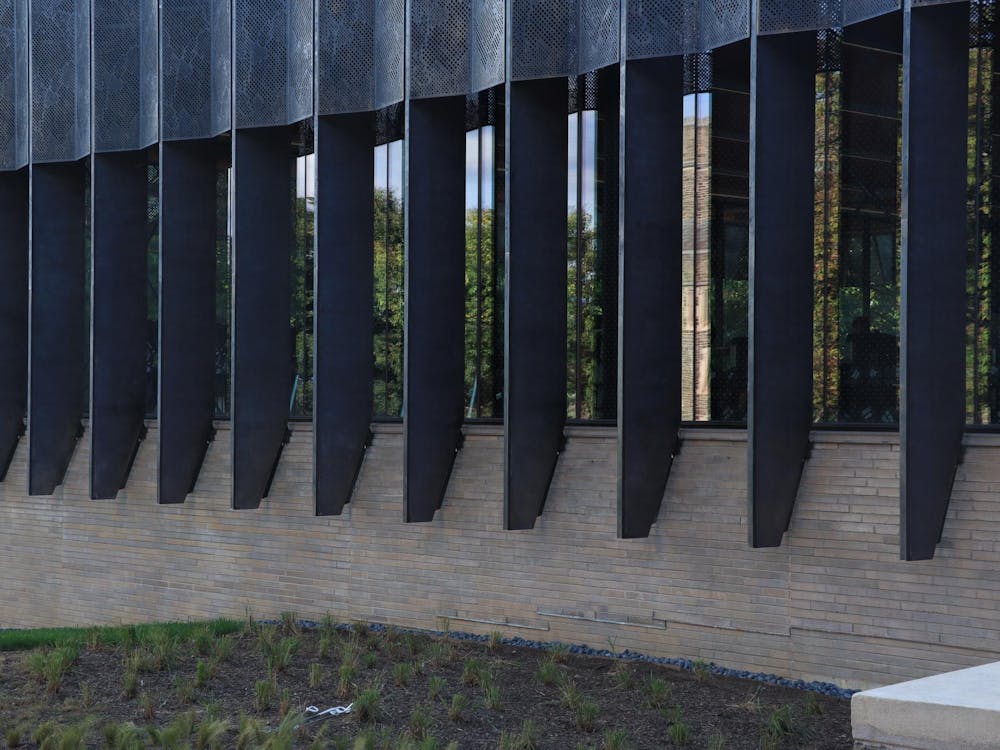Wanshou Lu is a street filled with the elderly. Located in Beijing, a city that is the embodiment of rapid modernization, the street retains aspects of a relaxed lifestyle, with grandparents walking leisurely along the storefronts as they barter for fruits and vegetables in the morning.
The street is prime real estate, less than 10 minutes by metro from Tiananmen Square, but what its elderly inhabitants most like to boast about is its name, since Wanshou Lu roughly translates to “longevity in life.”
Wanshou Lu’s disproportionately large retired population is mostly a direct result of China’s Communist regime. Many of the elderly, including my grandparents, were sold these apartments at a largely reduced price thanks to residual benefits of the Communist regime’s economic plans in the mid-to-late 20th century. Over the course of four summer trips visiting my grandparents in Beijing, I have spent over four months of my life wandering this street. Each time I return, it always seems that I have changed far more than the street has, which is certainly not true for the rest of the city, which never seems to stop evolving.
As Beijing continues to add skyscrapers to its urban grid, the iconic system of labyrinthine narrow streets, known as hutongs, are rapidly disappearing. On the right side of Wanshou Lu, however, there are entrances to hutongs that have not yet been torn down. When I look down from my grandparents’ apartment building, I can see people still living in the old houses, hanging their wet laundry on wooden clothespins as the Central Radio and TV Tower looms in the distance.
On the left side of the street, there are scattered new developments like hotels and apartment buildings, but none of Wanshou Lu’s inhabitants seem very interested in exploring new places. They are so used to their pace of life that the hustle and bustle of the surrounding city dies down on this street, bowing down to a stable, long-established routine. The mornings are reserved for grocery shopping and exercise. At around 4 p.m., a group of grandmas sits down on a set of threadbare couches at the corner of their apartment complex to chat for two hours, cooling themselves off with round bamboo fans. Every night there is an evening stroll.
The only thing that interrupts this consistent pace is the rush of those who are passing through the street headed to work or school. A symphony of car horns interrupts the peaceful rustling of the leaves, and struggling 20-somethings rush down the sidewalks, eyes on their phones as they try to catch the subway. The break in rhythm reminds me that there is still a city out there beyond this street.
Although Wanshou Lu is primarily a residential street, the surrounding area is heavily commercialized. Less than five minutes’ walking distance from my grandparents’ apartment are three shopping malls: one is ridiculously expensive, selling only imported goods and always empty. (Rumor has it that the mall was originally built for high-ranking officials with dirty money and expensive taste. However, the mall opened only a few years before President Xi Jinping took office and cracked down on the illegal activities of corrupt officials.) The other two malls are relatively affordable and filled with young people buying clothes, tech and accessories.

Most importantly to me, at Wanshou Lu there is food at every possible hour of the day. Starting at 6 a.m., the street breakfast vendors open up shop wherever is convenient on the streets, usually next to the grocery store or on a side alley, and the smell of steaming hot cups of soybean milk, pork buns and scallion pancakes wafts through the air. The food is served at a breakneck pace, with vendors shoving food into one customer’s impatient hands while taking the order of the next customer.
At lunch, a restaurant called Lao Zhang Jia is flooded with nearby workers taking their standard two-hour lunch break. You can find every dish imaginable there: fresh fish stew, spicy noodles, dumplings, duck and absolutely nothing is sub-standard (I say this with confidence, having tried at least half of the menu.) At night, fruit stands pop up, and the perfectly ripe summer peaches are the first to sell out.
Living on this street for a month this past summer was a peek into the life after retirement, shopping and eating to my heart’s content. Slowing down the pace of my life to this street’s rhythm was relaxing, but like the nearby workers and struggling twenty-somethings, I was just passing through. The bustling world was always waiting for me to come back to it.








